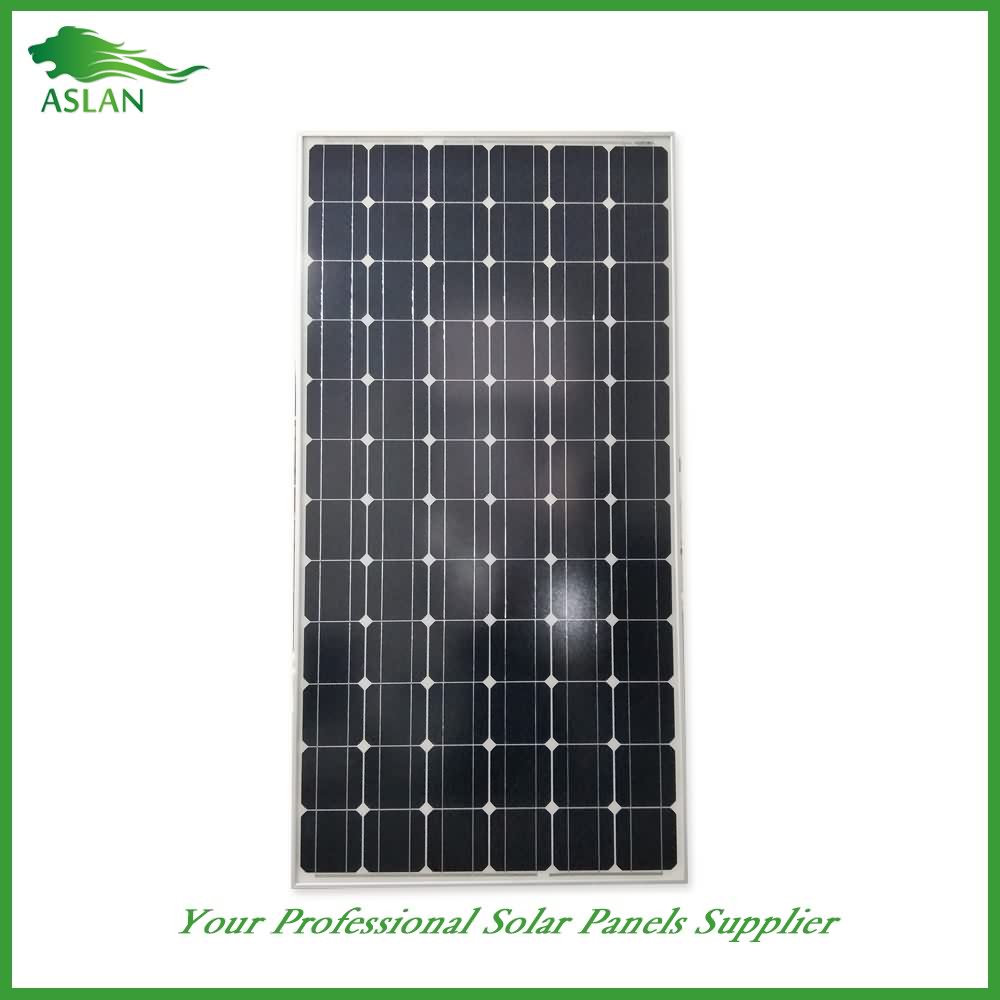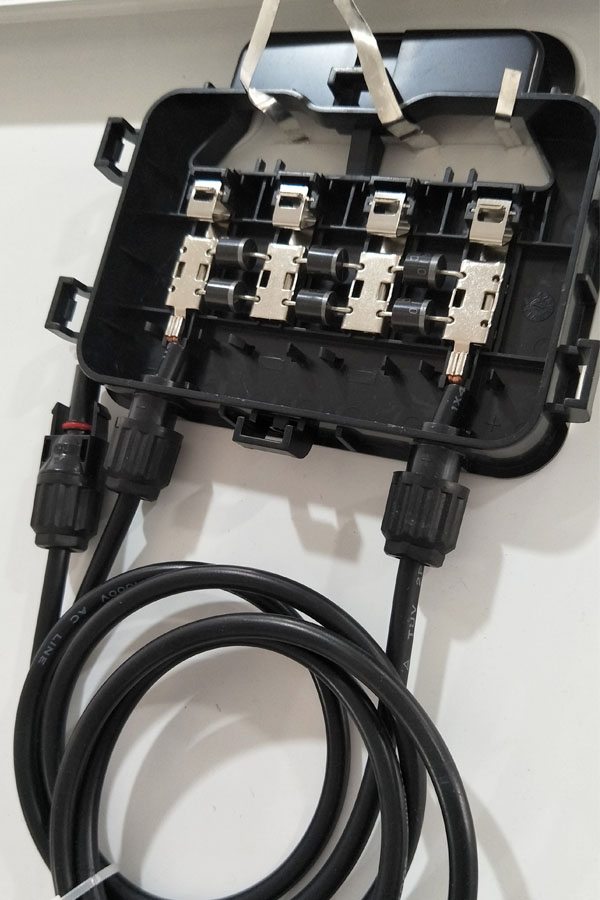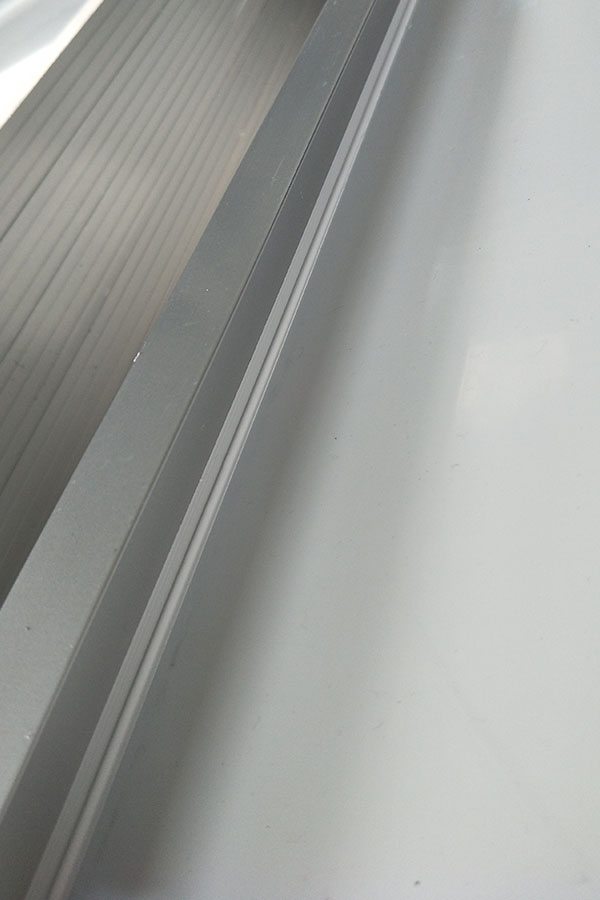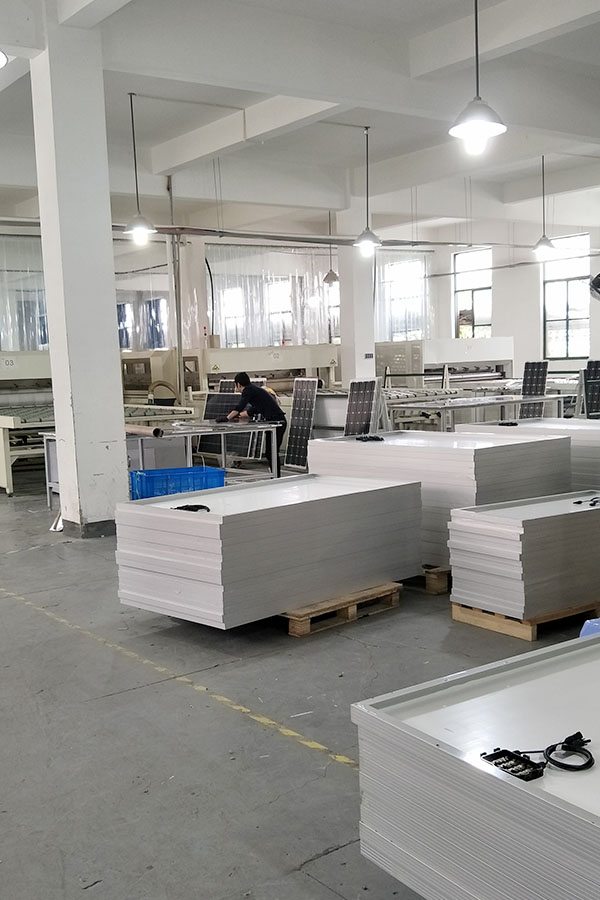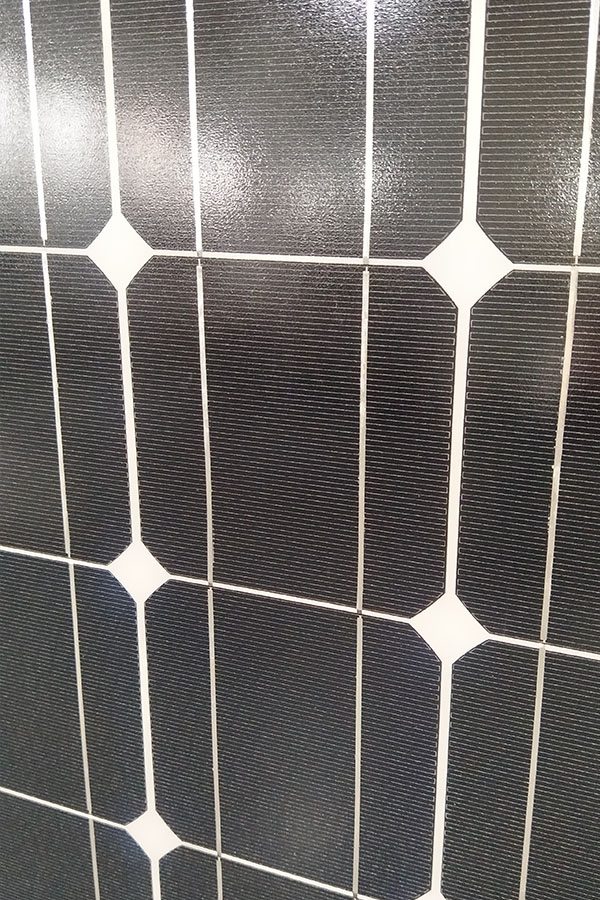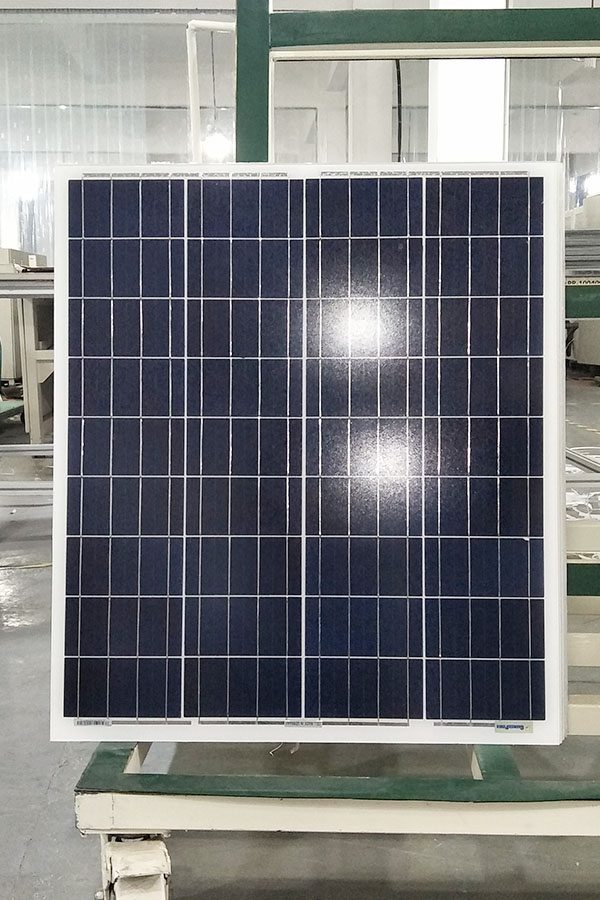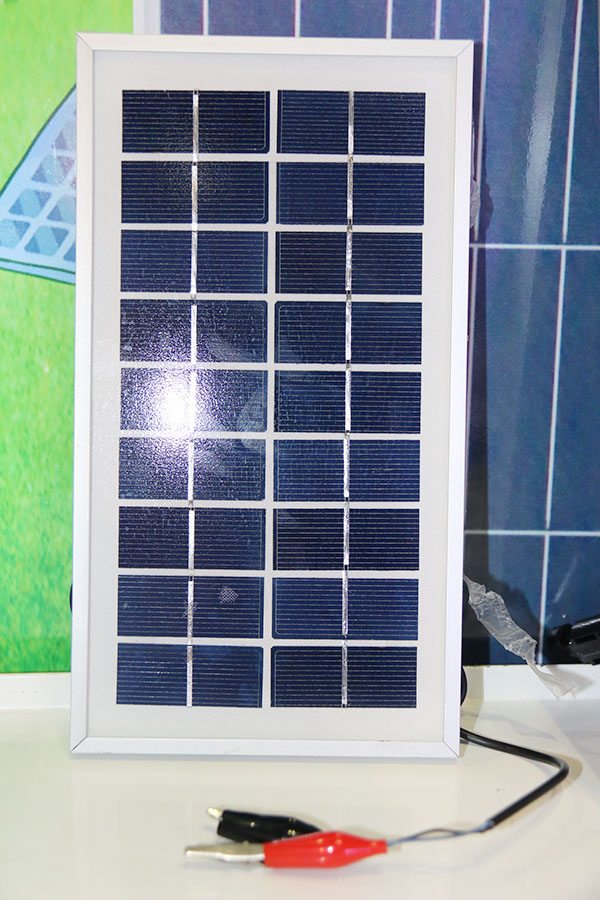Hot-selling attractive Mono-Crystalline 300W Solar Panel Supply to Thailand
Short Description:
"Sincerity, Innovation, Rigorousness, and Efficiency" is the persistent conception of our company for the long-term to develop together with customers for mutual reciprocity and mutual benefit for Hot-selling attractive Mono-Crystalline 300W Solar Panel Supply to Thailand, Welcome to build the well and long standing business relationships with our company to create a glorious future together .customers' satisfaction is our eternal pursuit
Mono-Crystalline 300W Solar Panel
Technical parameter
Maximum Power(W) 300W
Optimum Power Voltage(Vmp) 37.45V
Optimum Operating Current(Imp) 8.15A
Open Circuit Voltage(Voc) 45.60V
Short Circuit Current(Isc) 8.91A
Mechanical Characteristics
Cell Type Monocrystalline 156x156mm (6 inch)
No of Cell 72 (6x12pcs)
Dimensions 1950x990x50mm
Weight 22.1Kg
Front Glass 3.2mm,High Transmission, Low Iron,Tempered Glass
Junction box IP65 Rated
Output Cable TUV 1×4.0mm2/UL12AWG,Length:900mm
Temperature and Coefficients
Operating Temperature(°C): -40°C ~ + 85°C
Maximum System Voltage: 600V(UL)/1000V(IEC) DC
Maximum Rated Current Series: 15A
Temperature Coefficients of Pmax: -0.47%
Temperature Coefficients of Voc: -0.389%
Temperature Coefficients of Isc: 0.057%
Nominal Operationg Cell Temperature (NOCT): 47+/-2°C
Materials of solar panel
1).Solar Cell——Mono-crystalline solar cell 156*156mm
2).Front Glass——-3.2mm, high transmission, low iron, tempered glass
3).EVA——-excellent anti-aging EVA
4).TPT——-TPT hot seal made of flame resistance
5).Frame——anodized aluminum profile
6).Junction Box——-IP65 rated, high quality, with diode protection
Superiority: high quality anodized aluminum frame, high efficiency long life, easy installation, strong wind resistance, strong hail resistance.
Features
1. High cell efficiency with quality silicon materials for long term output stability
2. Strictly quality control ensure the stability and reliability, totally 23 QC procedures
3. High transmittance low iron tempered glass with enhanced stiffness and impact resistance
4. Both Polycrystalline and Mono-crystalline
5. Excellent performance in harsh weather
6. Outstanding electrical performance under high temperature and low irradiance
Quality assurance testing
Thermal cycling test
Thermal shock test
Thermal/Freezing and high humidity cycling test
Electrical isolation test
Hail impact test
Mechanical, wind and twist loading test
Salt mist test
Light and water-exposure test
Moist carbon dioxide/sulphur dioxide
http://www.amazon.com/dp/B01N5LUMDF/tag?=Allabolatnew-20
ENERGIZER 500 Watt Power Inverter +48W USB 12V DC to AC + 4 x 2.4A USB charging ports Total 9.6A
500W continuous / 1000W peak power + 48 Watt USB (9.6A)
Ultra Silent (thermal fan)
2 X Standard North American AC Outlets
World’s first inverter with a 4 Port 48 watt USB (9.6A / 2.4A x4)
Cigarette Lighter and Battery Cables Included
A space rock leaves a bullet-sized hole in an ISS solar panel.
Small rocks and pieces from meteors and asteroids, commonly referred to as space debris, are flying around constantly.
On average, these bits travel at around 5 miles per second, meaning that no matter the size of the flying object, the damage can be huge. Recently, the International Space Station Commander unveiled a photo on social media site, Twitter depicting the impact from a space rock that had collided with one of the solar panels on the space station.
The rock ripped a small hole straight through the covering. The ISS Commander referred to the new opening as a “bullet hole” and expressed relief that the piece missed the Space Station’s hull.
Although the harm was luckily minimal, there will always be a concern relating to such future collisions from such debris and manmade objects.
Scientists estimate that if something isn’t done about the quantity of manmade debris floating through space, massive collisions will start occurring every 5 to 9 years. Abandoned equipment like launching pads and non-working satellites comprise the larger pieces of floating junk, but NASA estimates there are over 500 hundred thousand particles roughly the size of a marble out there.
